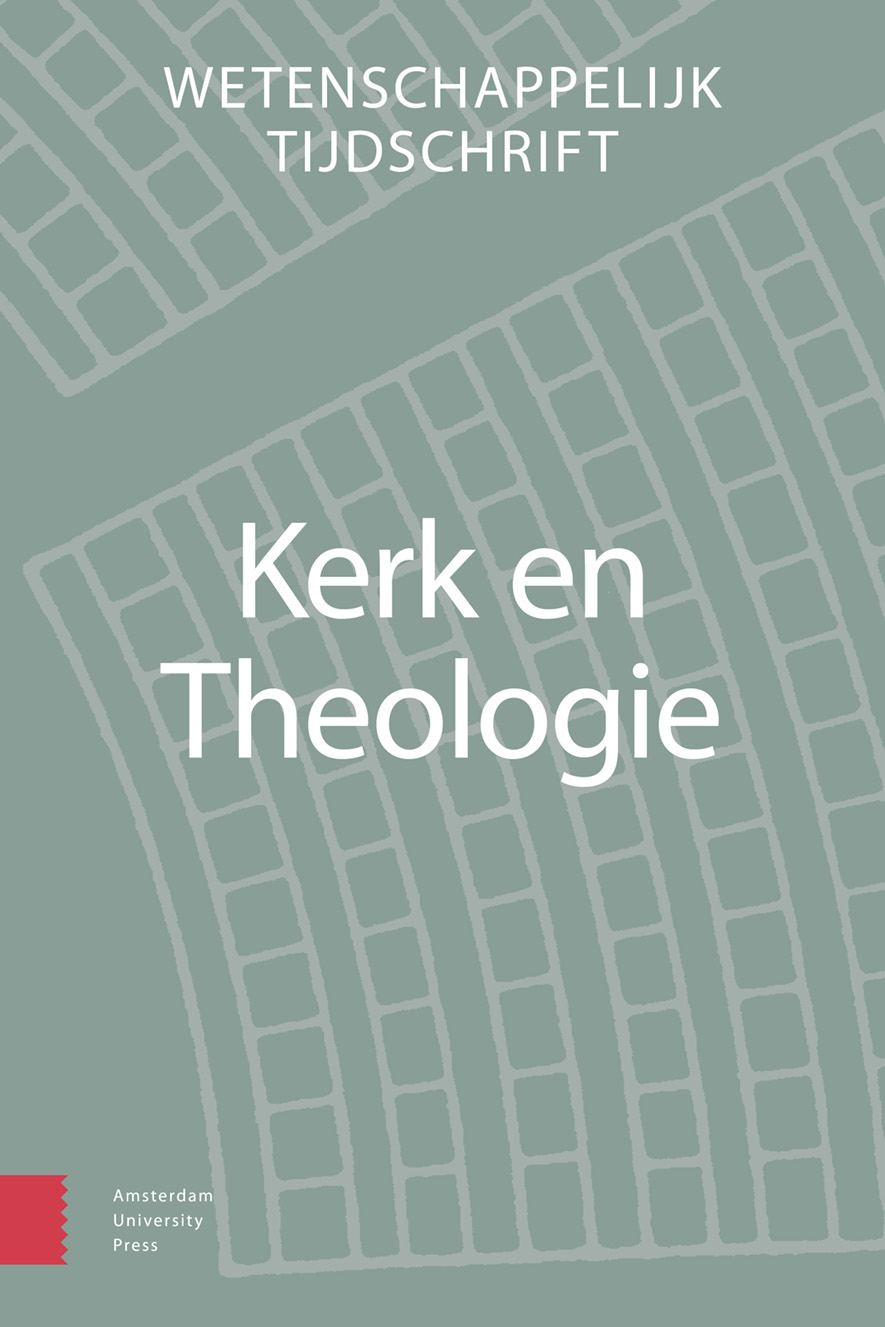
Full text loading...
In this article the story of Mary’s visit to Elizabeth is object of analysis. It is a close reading of Luke 1,39-56 with special attention for the succession and the structure of the story and the story parts. This story stands in the center of the overture of Luke’s Gospel (1:5-2:52). Luke gives two women, first Elizabeth and then Mary, the floor ... not so much for their songs (Benedictus and Magnificat), but much more for their prophetic speeches in which they look back: to the announcement of the angel Gabriel (1:26-38), and look forward to the future, in which they both strongly believe. We see two pregnant self-confident women who speak vigorously and in strong images. Over themselves they speak as δούλη, but as δούλη of their Lord. With that these two women place themselves in the tradition of Deutero-Isaiah’s servant of the Lord (42:1-7; 49:1-7; 50:4-11; 52:13-53;1).

Article metrics loading...

Full text loading...
References


